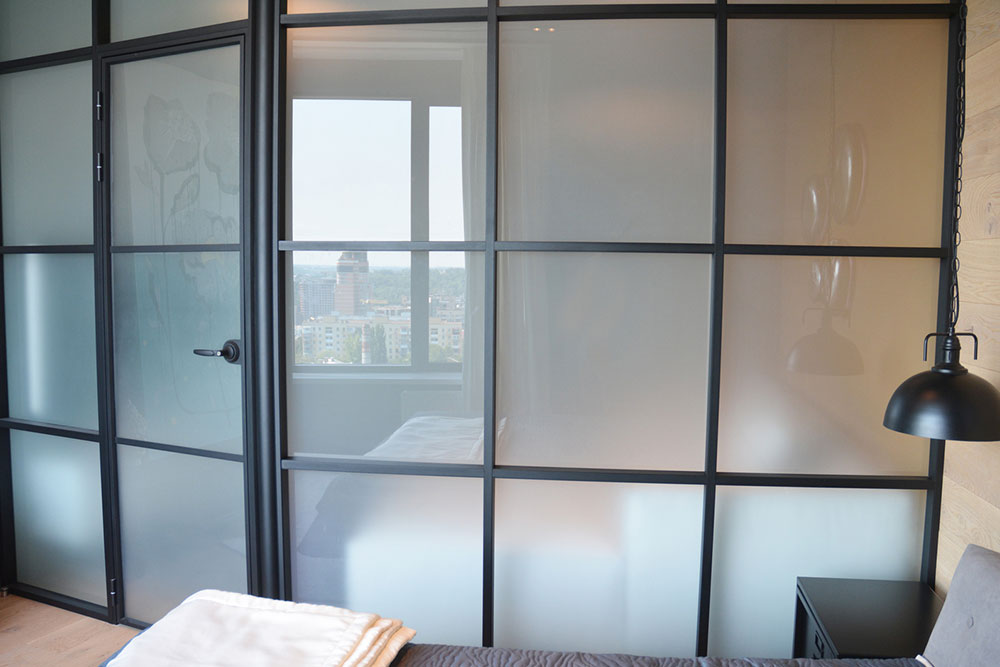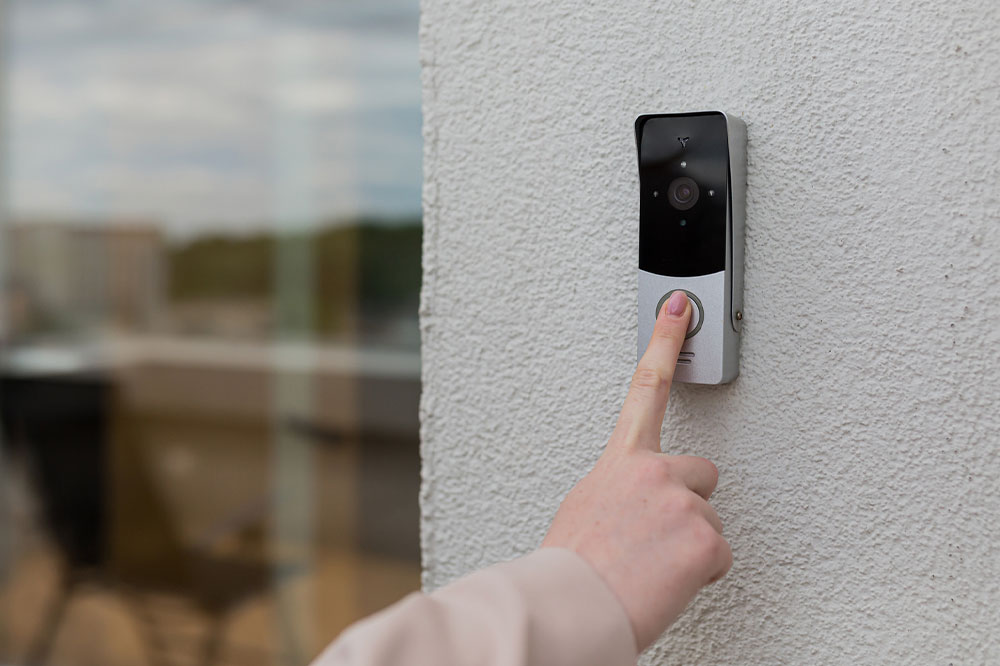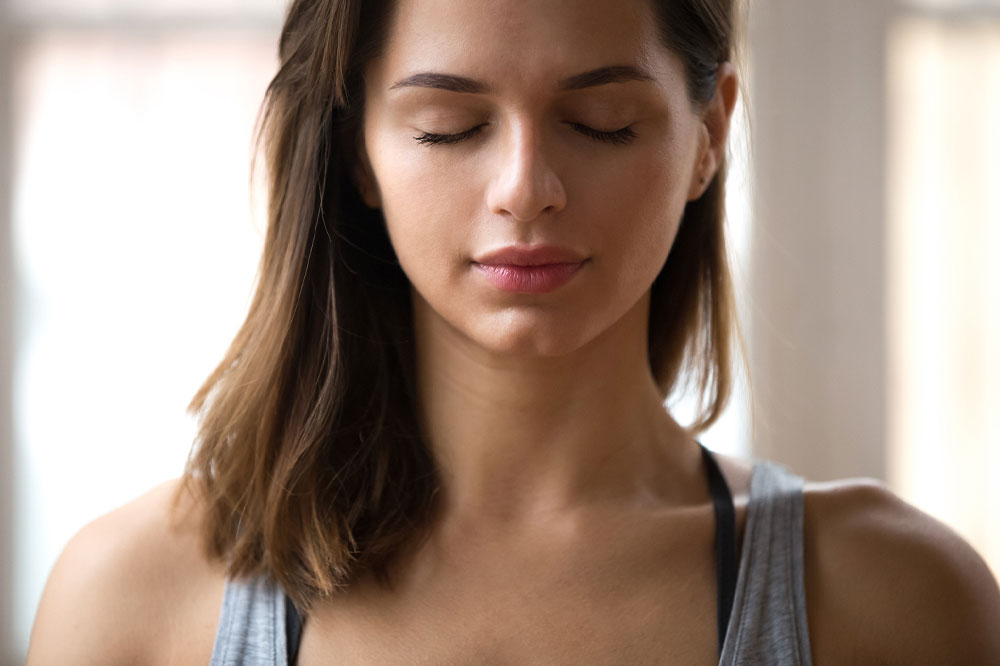Top 6 glass wall and door ideas for homes

Innovation and imagination form the basis of home decor today. Contractors and decor experts prefer to use materials that can serve multiple purposes while being reliable and resilient. Regarding versatility, few materials excel quite like glass, and glass doors and screens are steadily becoming a home decor staple due to their inherent visual allure. Here are some great glass wall and door ideas for homes to level up the aesthetics of one’s home.
Pivot doors for large entryways
Pivot doors make even mundane doorways incredibly dramatic. These doors can add incredible flair to how people enter and leave a room. Pivot doors are straightforward and functional, meaning they do not sacrifice practicality for hollow visual appeal. A glass pivot door rotates on a pivot box, enabling it to slide inwards or outwards. If a room in a house has an extra large entryway, pivot doors make the entire design work and give homes a distinguished feel. Pivot doors may not be to everyone’s tastes, but using them is a unique and exciting design idea for one’s home nevertheless.
Using French doors to enhance the design
French doors are surprisingly modern and classic due to their sophisticated design elements. These doors can be molded in a design sense to make homes and rooms look office-like and professional, artistic, and casual for everyday usage. Glass French doors cost more, so one must be ready to invest a lot of money in accommodating one in their house.
French doors involve single-hinged doors that meet in the center. They are primarily seen in trains and some buses. These doors facilitate excellent ventilation and light recycling in a home or a specific room.
Using traditional single-hinged glass doors
Purists usually prefer design themes and elements that have been tried and tested for decades. One such traditional design element that can be brought to life with glass doors is the single-hinged glass door. These doors involve the presence of a swiveling hinge on one side of the door frame. This hinge and the overall mechanism help open doors on the other side of the wall. Hinged glass doors are usually used as the inner main door, protected from the outside through a second grill door.
Glass single-hinged doors can open inwards or outwards depending on the user’s preferences. These doors help houses maximize the space of narrow openings. Made of glass, single-hinged doors also create an illusion of spaciousness and allow light to pass through, giving doorways a breezy aesthetic. Most houses include a fly trap attached to these doors to keep mosquitoes, flies, and other pests out of their home premises and still enable light and breeze to enter to keep ventilation good within the property.
Using sidelights for symmetry
Many homeowners use doors with sidelights. The sidelights that come with these glass doors end at the door’s midpoint. The sidelights are filled with wood at the bottom of the doors to add warmth and cohesion to the door’s facade. This design gives homes and doors a bright and illuminated look. Therefore, they are used for the doors that lead to porches.
The sidelights flank the door so that a symmetrical appearance is created. This sensation of symmetry can be further optimized in homes by the symmetry of nearby windows and columns.
If one wants a clean and clutter-free aesthetic for their front door and wishes to achieve that objective through glass, then sidelights are an ideal solution.
Having glass walls divide a single room into two rooms
Glass walls give people a sense of security and impervious privacy. At the same time, glass also lets light in and makes rooms and places where they are used look cheerful and bright at all times. If one has kids but does not have enough space or bedrooms to accommodate everyone, one can divide the rooms using glass walls.
The glass in this wall will be tinted so that only light passes through it to keep rooms bright. Using glass walls to divide rooms is helpful because the people within can see a silhouette of someone trying to sneak into their private space. On the other hand, someone outside will not get the same view of the things happening inside a glass-walled chamber.
Glass walls are robust options to divide rooms effectively and keep everyone happy in their own space.
Stained glass accent walls
An underrated quality of glass is its adaptability to artistic inputs and designs. Stained glass accent walls give one luminescent glass walls with stunning designs. Unlike normal walls, these glow more due to their light-conducting capabilities. Stained glass used to be a staple design element in the past, and it is making a comeback in today’s post-modern architectural landscape in homes. This is possible due to the sheer visual delight it brings to homes through its crystal clear designs and long-lasting reliability, a quality that is a must-have for modern homes in today’s time and space.
There are many possibilities for redesigning one’s space with glass walls and doors as they instantly elevate the overall look of one’s house or workplace if tactfully placed.







